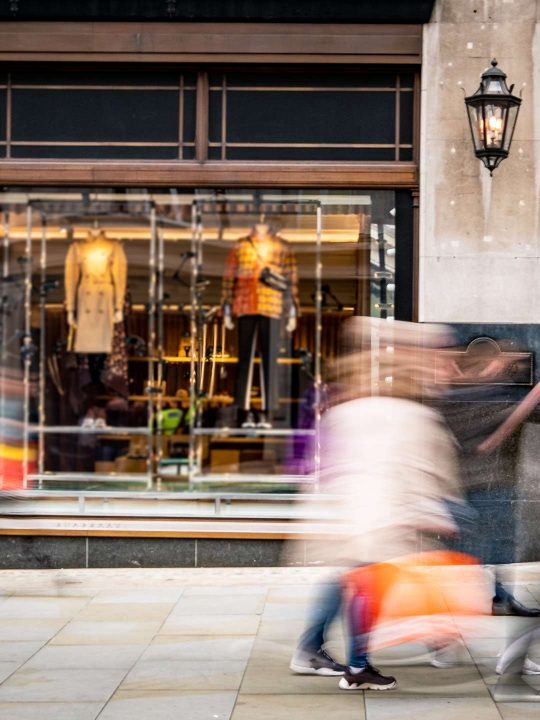High street game changers

To survive in a retail market which is increasingly prioritising online purchases, the high street can’t simply adapt, it needs to experiment.
The smartest retail operators have figured out that bricks and mortar stores get more bang for their business rates by offering experiences, not just products. And when inventive selling space is combined with online presence and reach, brands can pack a powerful punch. By successfully merging digital and store models, retailers can drive traffic to their business through great online exposure and access, whilst also elevating engagement with their brand through physical contact.
Take Gymshark as a prime example. Despite only forming in 2012, Gymshark has quickly become one of the most recognisable brands in the fitness apparel market, largely due to its marketing partnerships with prominent fitness influencers. But online engagement is just one aspect of these collaborations; Gymshark have also been inviting these athletic ambassadors to their #LiftTheCity pop-up stores, which have taken over cities across the globe. Filled to the brim with Gymshark products and social media influencers, these pop-ups are an opportunity for fans to meet their fitness idols while also purchasing exclusive Gymshark activewear.
And it works. Back in October 2018, Gymshark’s #LiftToronto pop-up sold 90% of its stock on the first day, as 8,000 fans queued for up to 4 hours to get their hands on exclusive merchandise and pose for photos with the famous influencers. By combining their social media nous with a stylish and portable temporary store-front, Gymshark have essentially transformed the act of buying their products into a once in a life-time opportunity.
Another brand who are bridging the gap between Instagram and reality is Virgin Holidays, who have recently revamped 14 of their bricks-and-mortar locations. Instead of the plastic chairs and uninspiring desks we’ve come to expect from travel agencies over the years, here you’ll find mock-up Virgin Atlantic cabins, virtual reality roller coasters and, in certain stores, even a spa. Transforming their stores into immersive and relaxing environments, Virgin are turning every step of the holiday process into a unique experience.
Where ‘experience stores’ and pop-up shops succeed, ‘pop-in’ shops excel in equal measure. A great example of this is Story, the New York concept store acquired by US department store supergiant Macy’s back in May 2018. Customer experience is absolutely essential to Story’s success. The retailer operates according to a thematic calendar, completely redesigning the store-front and revolving the product catalogue every 4-8 weeks to match overarching themes such as ‘Colour’, ‘Home for the Holidays’ and ‘Love Stories’.
Unlike most large retailers, who stick to the same inventory and store structure throughout all their locations, Story recognises that variety drives engagement, and effectively treat the store-front as a surrogate media channel. Just as ‘trending’ topics keep people engaged with social media, the chance of discovering “what you weren’t looking for but what you wanted” (as owner Rachel Shechtman puts it) keeps people coming back to Story.
These examples of innovative enhancements to customer experience are all quite distinct in their execution – but what connects them is their ability to integrate the online and offline experience, in a bold and experimental way, in order to thrive when other store tenants are going to the wall.
A high street which is as exciting and vibrant as Instagram’s Explore page? Now that’s a place I’d love to be.

 Back to articles
Back to articles

